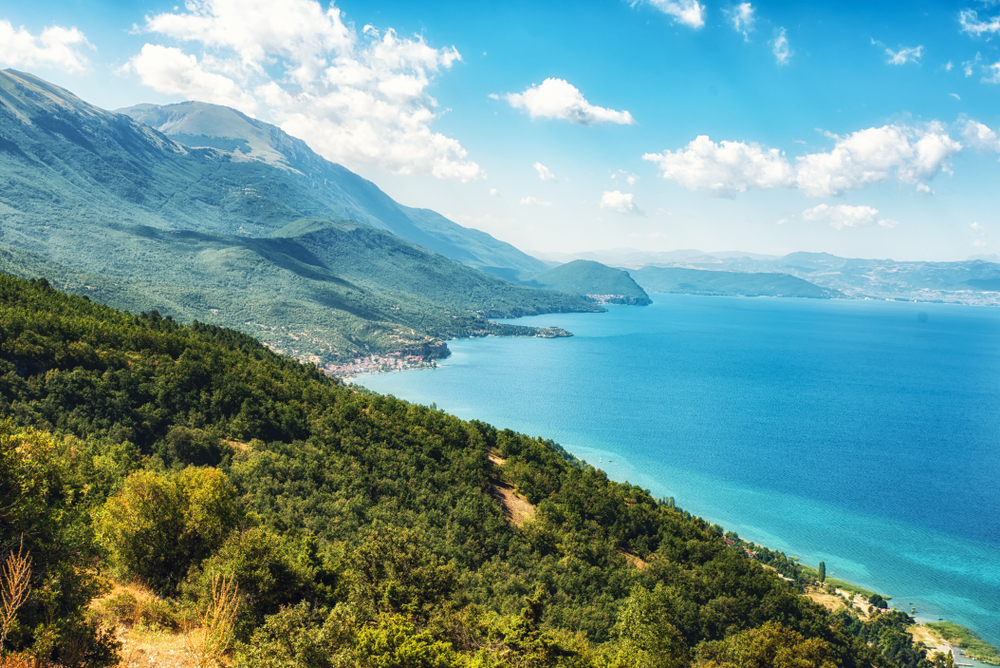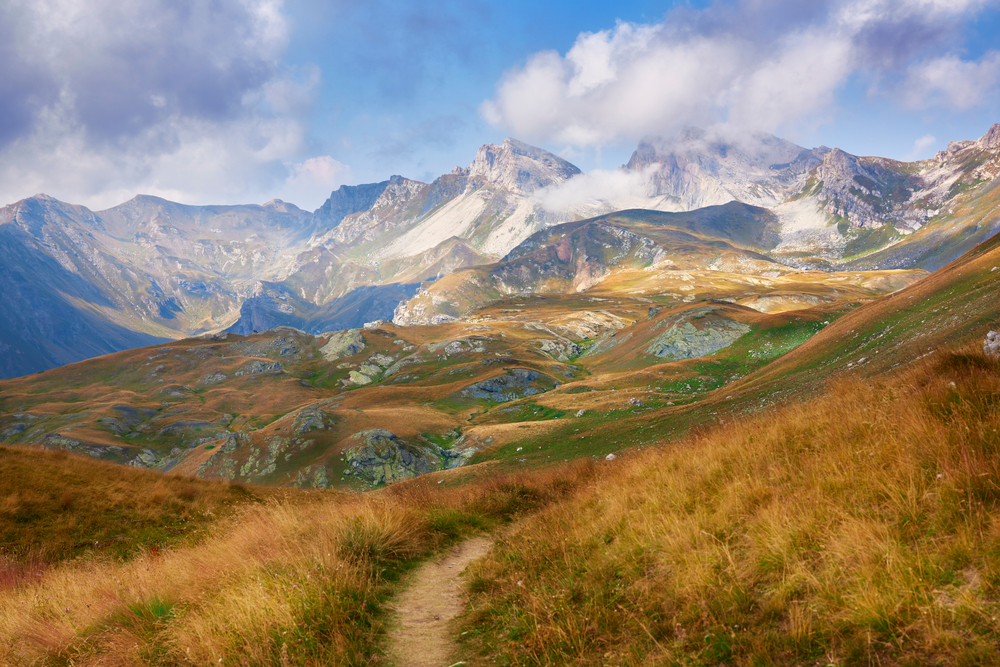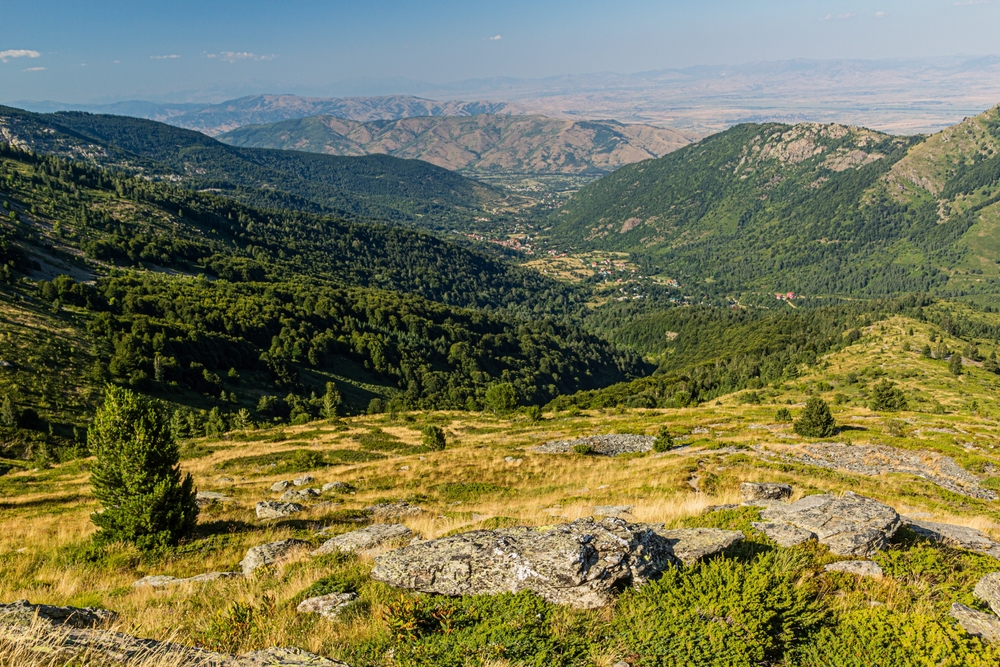Galicica Overview
Galicica National Park, locally known as Национален парк Галичица (Nacionalen Park Galičica) in Macedonian, is a stunning expanse of natural beauty in North Macedonia. Spanning approximately 92 square miles (241 square kilometers), this park lies along the Galicica mountain range and stretches between two iconic lakes: Lake Ohrid and Lake Prespa.
Its strategic location provides a unique blend of terrains, ecosystems, and cultural heritage, making it one of the most remarkable protected areas in the Balkans. The terrain of Galicica National Park is defined by rugged limestone formations, rolling hills, and dramatic cliffs, which are part of the broader Dinaric Alps.
The park’s highest peak, Magaro, stands at 7,438 feet (2,267 meters), offering panoramic views of both Lake Ohrid and Lake Prespa. These lakes not only enhance the park’s scenic beauty but also play a significant role in its ecological diversity. The karst landscape is dotted with caves, gorges, and sinkholes, contributing to its mystique and geological significance.
Vegetation is diverse, ranging from dense deciduous and evergreen forests in lower altitudes to alpine meadows adorned with wildflowers, such as endemic orchids, as one ascends.
Galicica is a haven for wildlife enthusiasts, as its varied habitats support a wide array of species. Mammals such as the Balkan lynx, an endangered subspecies, roam the park alongside deer, wild boar, and foxes.
Birdwatchers are particularly drawn to the area, as it hosts over 170 bird species, including golden eagles, peregrine falcons, and the Dalmatian pelican. The lakes add an aquatic dimension to the park’s biodiversity, providing habitats for rare fish species, such as the Ohrid trout, which is endemic to the region.
Visitors flock to Galicica National Park for its pristine landscapes and unique outdoor experiences. Popular features include the stunning vistas from Magaro Peak, the tranquil beauty of Lake Ohrid’s shoreline, and the rich flora of the Prespa region. The park is also home to historical landmarks, including ancient monasteries and archaeological sites that speak to the area’s rich cultural tapestry.
Hiking is the leading way to explore Galicica, with well-marked trails ranging from easy walks to challenging ascents. Paragliding is another thrilling option, offering aerial views of the lakes and mountains. For those interested in water activities, kayaking and boating on the lakes are excellent ways to connect with nature.
Conservation has played a pivotal role in preserving the park’s biodiversity and cultural heritage. Efforts to protect the critically endangered Balkan lynx have seen some success, although challenges remain, particularly in managing human activities like agriculture and tourism.
The park’s management has also focused on maintaining sustainable tourism, balancing the needs of visitors with the preservation of its delicate ecosystems.












































































